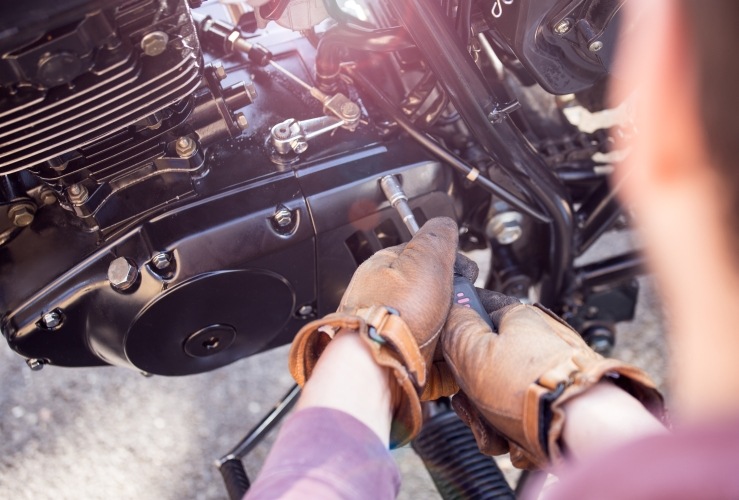
As with virtually all components on your motorcycle, your control cables require on-going maintenance. Well cared-for cables will function better, make your bike's operation feel fresher and most importantly, will help ensure your cables do not fail at an inopportune moment – and leave you stranded by the roadside, perhaps with a costly repair bill.
As always, prevention is better than cure, but if you haven't given your cables much thought recently and your clutch, throttle or brakes are feeling ‘sticky’, it’s important to carry out some maintenance straight away.
Over time your control cables will wear down and need to be replaced. This will happen all the sooner if you do not maintain them properly.
You need to determine what type of cable you have. The older type is a steel cable with wires inside a rubber or plastic sheath. This type must be lubricated to perform effectively.
The second type is a more modern class of cable, lined with Teflon. These should not be lubricated – and may be damaged if they are.
Disconnect the cables from the throttle drum or lever at the handlebar end. Remember how they were attached so you can replace them properly later.
Inspect your cables carefully. If just one strand has come lose, it is grounds for replacement.
There are various techniques to adding lubricant to your cables. One of the best known involves cutting the corner off a plastic bag, then poking the cable end through the corner, creating a receptacle for the lubricant. An elastic band can be used to keep the plastic in place. Motor oil or other suitable lubricant can then be squirted into the plastic corner. The lubricant should then enter into the cable sheath and run down the steel inside. Hold the cable up and observe the lubricant dribble out the other end.
Some lubricants come with a ‘needle nose’, meaning you wouldn't need to follow the above step. Some special 'cable lubers' can be used while the cables are still in position on the bike, making the entire task quicker, easier and cleaner.
After the lubricant has flowed out the other end, wipe everything down, then re-attached the cables.
You should perform this simple maintenance task at least twice a year to guarantee optimum performance and safety.




